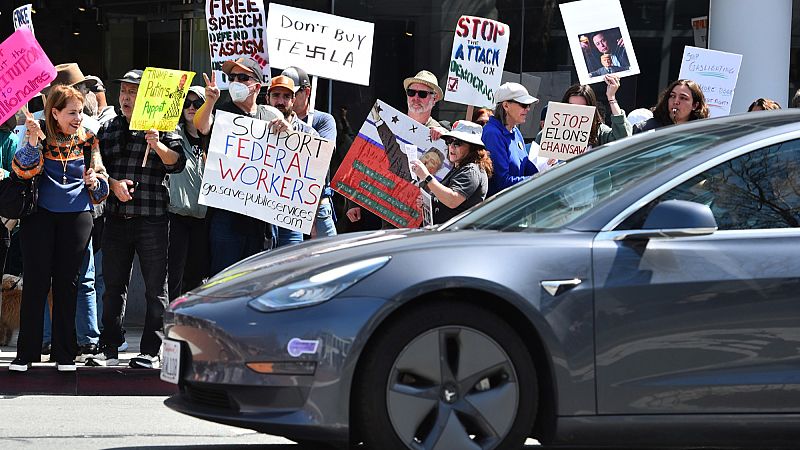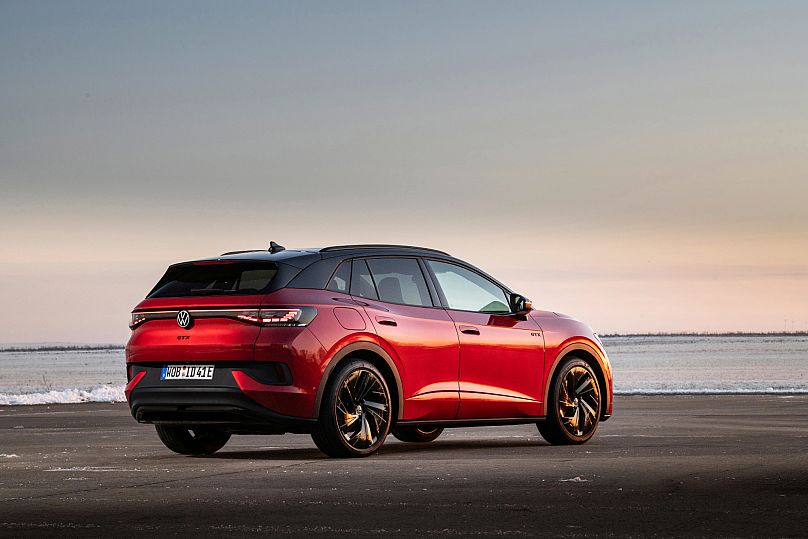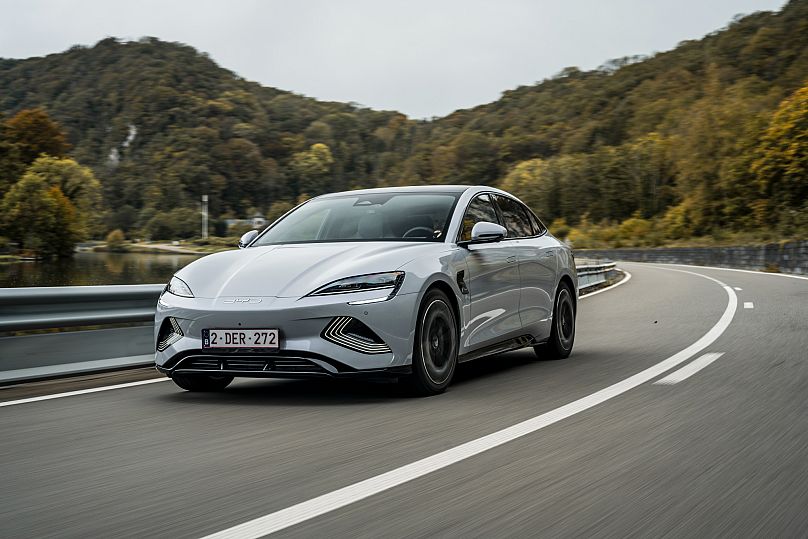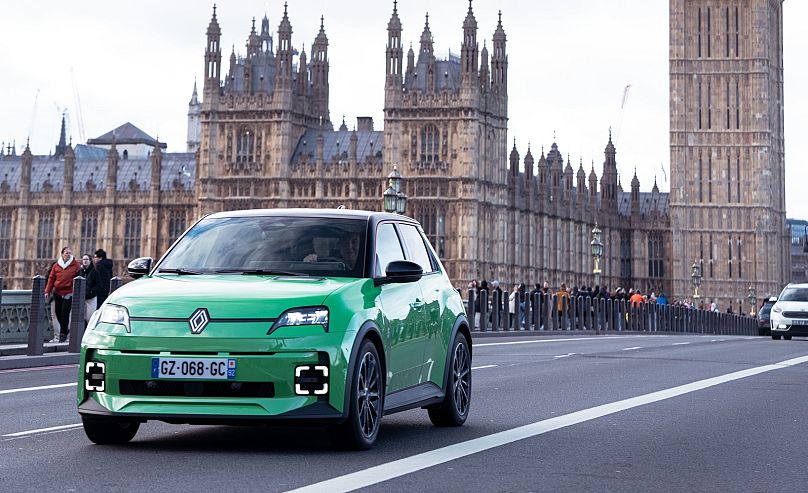
Tesla’s dominance in Europe’s electric vehicle market is waning. The US carmaker saw sales drop 43 per cent year-on-year in early 2025. In Germany - its most critical European market - sales fell 70 per cent in February alone.
The decline isn’t uniform. Modest gains in the UK and Ireland underscore the importance of local dynamics.
But the broader picture is clear: competitors are gaining ground, and Tesla’s brand - long buoyed by technological edge and first-mover status - is under pressure.
One factor is Elon Musk’s increasingly politicised image. His support for US President Donald Trump and Europe’s far-right has alienated some buyers, especially in brand-conscious markets like Germany.
Yet the European EV sector itself remains strong. Battery-electric sales rose 28.4 per cent in the first two months of 2025. Tesla’s slump appears to be company-specific, not market-wide.
Given the turbulence at Tesla, which automakers and EVs are cashing in on its ebbing popularity in Europe?
Volkswagen: The legacy leader returns
German carmaker Volkswagen is reclaiming its position as an industry leader, with the ID.4 emerging as Europe’s best-selling EV in January 2025, offering a range of up to 500 km, a familiar design, and a competitive price.
Local production and a broad EV lineup - including the ID.3 hatchback and ID.7 fastback - helped double VW’s electric sales in the first quarter of the year.
With scale and heritage, the group is well placed to consolidate gains.

Renault's affordable edge
Affordability remains critical, and Renault is capitalising. The reborn 5 E-Tech, built in northern France and priced around €25,000, fuses retro flair with modern engineering.
Named Europe's Car of the Year 2025, it underscores a bold strategy: dynamic pricing, accessible leasing, and ruthless cost control.
By focusing on high-volume small and compact cars, Renault is scaling smartly and delivering value without compromise - proving that affordability isn’t a concession, it’s a competitive edge.
Chinese brands gaining momentum
Once peripheral, Chinese automakers are now significant players, though they’re facing mounting barriers.
BYD’s global sales jumped 60 per cent in Q1, with Europe a growing priority. NIO is scaling up its premium ET5 model, combining a high-spec interior with a rare feature: battery-swapping.
Thirty swap stations are now live in Europe, supporting its leasing-first strategy aimed at tech-savvy buyers.
However, EU tariffs - up to 35.3 per cent on China-built EVs - could slow momentum.
Brussels is also weighing minimum price thresholds to protect domestic brands. These pressures may push Chinese firms to localise production or pursue joint ventures.

BMW and Polestar: Premium rivals on the rise
Established and emerging premium players are gaining ground. BMW’s i4, with a 590 km range, has led the group’s EV push.
Its European EV sales rose 64 per cent, supported by strong brand equity and an extensive dealer network.
Polestar is also scaling fast. Global sales rose 76 per cent in early 2025, with UK deliveries up 185 per cent, driven by the growing popularity of the Polestar 2 and the launch of the Polestar 3 and 4.
Its blend of Volvo engineering, minimalist design, and political neutrality is resonating in a values-driven market.
Why these brands are winning - for now
Tesla’s slump has created opportunity, but rivals are advancing due to more than timing.
Structural advantages, from manufacturing scale to geopolitical positioning, are redrawing the competitive map.
Local production gives European brands a crucial edge. Renault and Volkswagen are aligned with EU industrial policy and benefit from local subsidies.
Model diversity is another key strength. Tesla’s narrow lineup - centred on the Model 3 and Y - fails to match Europe’s varied demand. While SUVs and crossovers are popular, compact cars and hatchbacks still dominate the sales charts.
Brand perception also matters. Legacy brands like VW and Renault benefit from decades of consumer trust. Chinese newcomers, while unproven, are seen as politically neutral - an increasingly important factor.
Shifting sentiment is evident. A 2024 Escalent study found that over one in five European car owners would consider a Chinese EV, with younger buyers especially receptive.
A German T-Online survey of 100,000 people showed 94 per cent wouldn’t buy a Tesla, citing Musk’s political activism.
In the Netherlands, a study by EenVandaag revealed that nearly 30 per cent of Tesla owners are considering selling, citing embarrassment over Musk’s behaviour.
Pricing: The critical battleground
From budget models like the Renault 5 to premium EVs like the BMW i4, competitors now span multiple price points.
Tesla, while strong in the mid-market and premium space, has yet to offer a truly affordable model.

According to Reuters, Tesla’s plans for a cheaper Model Y have been delayed. The stripped-down SUV was seen as key to reversing falling sales and market share, and sparking fresh demand from cost-conscious buyers.
With European purchasing power projected to remain flat until at least 2030, according to McKinsey, carmakers face growing pressure to meet tighter budgets without sacrificing quality or appeal.
Tesla: Down but not out yet
Despite recent setbacks, Tesla’s declining position is not terminal.
Deliveries of the refreshed Model Y - dubbed "Project Juniper" - have resumed. With updated suspension and enhanced driver-assistance features, it’s designed to restore momentum.
Past launches suggest Tesla can rebound quickly, and Juniper could follow suit.
Tesla still leads on software and charging. Its over-the-air updates, infotainment, and Supercharger network remain industry benchmarks. But rivals are catching up, with improved digital platforms and expanding high-speed charging options across Europe.
The environment, too, is shifting. Emissions rules are tightening, consumer expectations are rising, and a wave of compact EVs from legacy and challenger brands is due later this year.
Holding ground will take more than hardware. It will require agility, deeper localisation, and a clearer grasp of regional sensitivities.







